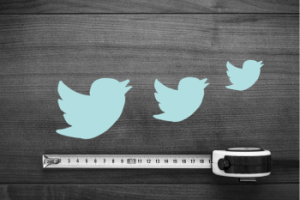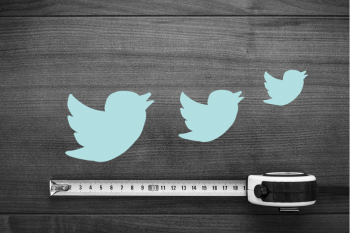 With all of the different ways to measure social media out there, it’s tough to know which ones are worthwhile metrics. Figuring out how to decipher these metrics, and what the takeaway is, further complicates this dilemma. Some metrics arguably shouldn’t be taken at face value, as doing so fails to provide concrete information about the effectiveness of your social media marketing strategy. Below you will find the metrics you need, and what those numbers really signify.
With all of the different ways to measure social media out there, it’s tough to know which ones are worthwhile metrics. Figuring out how to decipher these metrics, and what the takeaway is, further complicates this dilemma. Some metrics arguably shouldn’t be taken at face value, as doing so fails to provide concrete information about the effectiveness of your social media marketing strategy. Below you will find the metrics you need, and what those numbers really signify.
Engagement: While you may be interested to learn about your “likes” metric on Facebook, it is misleading in that likes do not indicate anything more than passive interest. Instead, focus on engagement metrics, which show how many people are interacting with your page by liking your posts, posting comments, or sharing content.
Reach: This one can tell you the number of people who have simply seen your content, advertising and posts alike. Your reach will likely have a lot to do with your engagement though, so look at these metrics together.
Paid likes: While “likes” alone don’t show much detail, you can access a break down to find specific metrics for paid likes, as well as organic likes and unlikes. Paid likes metrics will essentially tell you if your paid advertising is effective or not by showing the portion of overall likes it has facilitated.
Google Analytics: This isn’t one metric in and of itself, but it’s a powerful tool not to be ignored. Social media platforms have metrics functions built in, but not all of them have the same features that Google Analytics offers. For example, you can find out which platforms refer the most people to your company website, or you can track the conversion rate at which your connections translate into company profits, among many other measures.
Timing: Find out which times of day and on which days your social media page sees the most action. This will vary depending on where the majority of your followers are based, but comparing that with your peak hours should help you target your content better and create a posting schedule. Extra tip: you can have some social media platforms post according to a preset schedule, so you won’t need to wake up at 3am to reach your target audience!
Sentiment: You can see how many people are interacting with your posts, but can you see if the buzz is good or bad? The answer is yes, you can! You can separate the good from the bad and find out how your followers feel about your brand. Measuring unlikes can also provide insight in this regard, though it won’t be as telling as measuring the sentiment.
Follower demographics: This feature is built into Twitter, among other platforms, allowing companies to easily see what their audience breakdown is. Interests, occupations, geographic locations, and even household income can be accessed through demographics, making it easy to cater your content to your audience. The more relevant it is to them, the more likely your shares and other metrics will increase, too.
Ultimately, the metrics you should be tracking depend on what is most important for your company to know. At the same time though, consider tracking other metrics that can help focus your communications and marketing teams so that they can optimize their work against measurable feedback. Just beware of spending too much time focusing on the pretty-but-unsubstantial metrics.




